Home>Furniture & Design>Bathroom Accessories>How To Thaw A Frozen Bathtub Drain
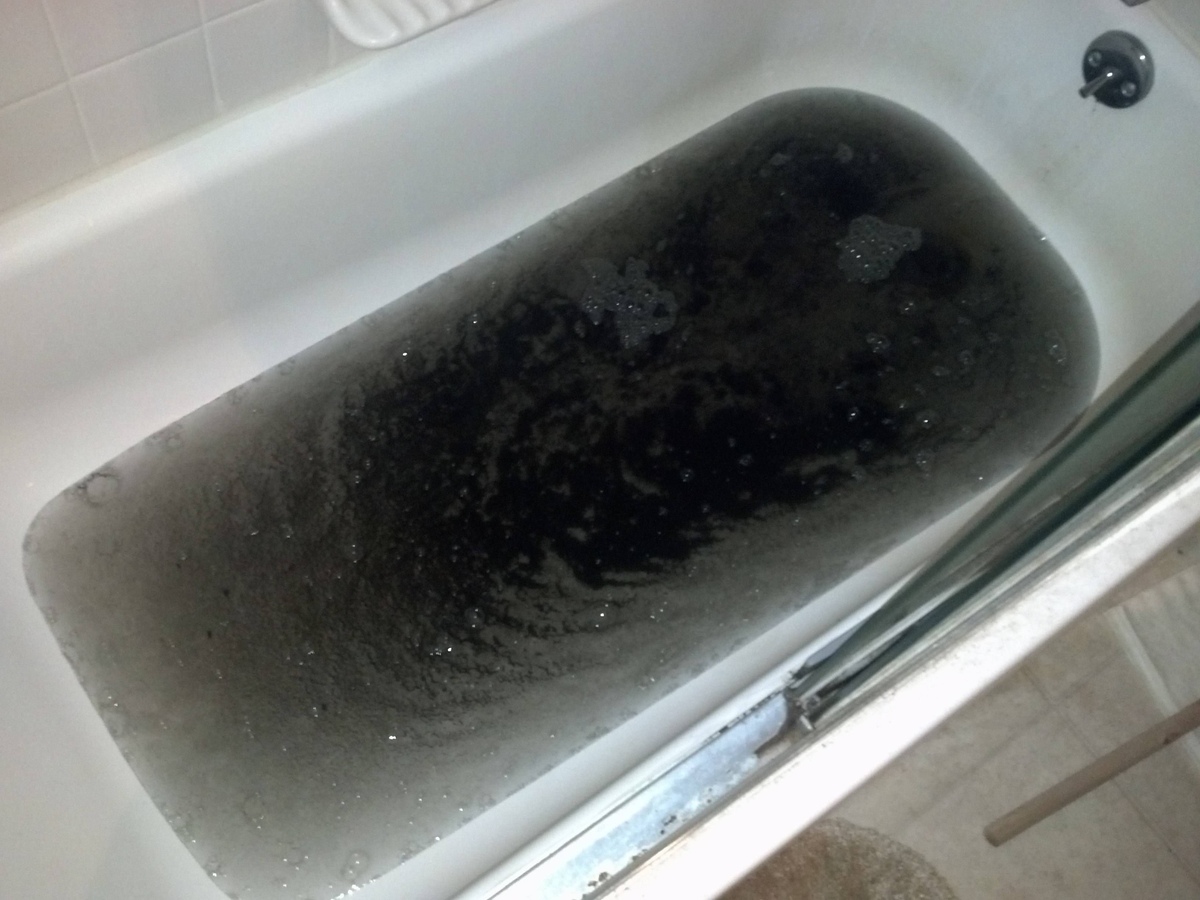

Bathroom Accessories
How To Thaw A Frozen Bathtub Drain
Published: February 20, 2024
Learn how to effectively thaw a frozen bathtub drain and prevent future issues with our expert tips and advice on bathroom accessories. Keep your drains flowing smoothly!
(Many of the links in this article redirect to a specific reviewed product. Your purchase of these products through affiliate links helps to generate commission for Storables.com, at no extra cost. Learn more)
Introduction
Dealing with a frozen bathtub drain can be a frustrating and inconvenient experience, especially during the cold winter months. When the drain becomes frozen, it can lead to water backup, slow drainage, and even complete blockage, disrupting your daily routine and causing unnecessary stress. However, with the right knowledge and techniques, you can effectively address this issue and prevent it from recurring in the future.
In this comprehensive guide, we will explore the common causes of a frozen bathtub drain, various methods for safely and effectively thawing the drain, and proactive measures to prevent future freezing issues. By understanding the underlying reasons for a frozen drain and learning how to address it, you can maintain a smoothly functioning bathtub drain system throughout the year.
Whether you are a homeowner, a renter, or a property manager, having a clear understanding of how to handle a frozen bathtub drain is essential for maintaining a comfortable and functional bathroom environment. By following the guidance provided in this article, you will be equipped with the necessary information to tackle this common plumbing issue with confidence and ease.
Now, let's delve into the details of what causes a bathtub drain to freeze and explore the best methods for thawing it effectively. With the insights and tips shared in this guide, you will be well-prepared to address a frozen bathtub drain and prevent future occurrences, ensuring that your bathroom remains a comfortable and functional space regardless of the weather conditions.
Key Takeaways:
- Don’t let a frozen bathtub drain ruin your day! Prevent it by insulating the drainpipe, maintaining adequate heating, and keeping the water flowing. Stay ahead of the freeze and keep your bathroom functional all year round.
- Thawing a frozen bathtub drain is easy! Use hot water, a hair dryer, or warm towels to melt the ice. Prevent future freezing by sealing drafts, using heat tape, and scheduling regular maintenance. Keep your drain flowing smoothly!
Read more: How To Thaw Frozen Plumbing Pipes
Understanding the Cause of a Frozen Bathtub Drain
A frozen bathtub drain occurs when the water within the drainpipe freezes, leading to a blockage that impedes the flow of water. Several factors contribute to this issue, with the most common cause being exposure to extremely low temperatures, particularly during the winter season. When the temperature drops significantly, the water inside the drainpipe can freeze, causing the pipe to become clogged and preventing water from draining properly.
In addition to external temperature fluctuations, inadequate insulation around the bathtub drain can also contribute to freezing. If the drainpipe is not properly insulated or if there are gaps that allow cold air to seep in, the water inside the pipe becomes susceptible to freezing. This is especially common in older homes or properties with insufficient insulation, where the plumbing system may be more vulnerable to temperature changes.
Furthermore, the location of the bathtub drain within the home can impact its susceptibility to freezing. For instance, if the bathtub is situated in an area of the house that is not well-heated or is exposed to drafts, the drainpipe may be more prone to freezing. Additionally, if the bathtub is located in a basement or an area with poor insulation, the risk of the drain freezing increases.
It's important to note that stagnant water within the drainpipe can exacerbate the likelihood of freezing. If the bathtub drain is not used frequently, the water inside the pipe may remain still for extended periods, making it more susceptible to freezing when temperatures drop. This is particularly relevant for secondary or guest bathrooms that may not see regular use.
In summary, a combination of external temperature fluctuations, inadequate insulation, the location of the bathtub within the property, and stagnant water within the drainpipe can collectively contribute to the occurrence of a frozen bathtub drain. Understanding these underlying causes is crucial for effectively addressing the issue and implementing preventive measures to avoid future instances of freezing.
To thaw a frozen bathtub drain, pour hot water down the drain to melt the ice. You can also use a hairdryer or heat gun to carefully warm the pipes. Avoid using boiling water as it can damage the pipes.
Methods for Thawing a Frozen Bathtub Drain
When faced with a frozen bathtub drain, it's essential to employ safe and effective methods for thawing the drainpipe and restoring proper drainage. Here are several proven techniques to address this common plumbing issue:
-
Hot Water: One of the simplest and most accessible methods for thawing a frozen bathtub drain is to pour hot water directly into the drain. Boil water in a kettle or pot and carefully pour it down the drain, allowing the heat to gradually melt the ice within the pipe. It's important to pour the hot water slowly to avoid splashing and to repeat the process as needed until the drain is fully thawed.
-
Hair Dryer or Heat Gun: Using a hair dryer or heat gun can be an effective way to apply targeted heat to the frozen drainpipe. Set the hair dryer or heat gun to a medium or low heat setting and direct the warm air toward the affected area. Move the heat source back and forth along the length of the drainpipe, taking care to avoid prolonged exposure to a single spot to prevent damage to the plumbing.
-
Warm Towels: Wrapping warm, damp towels around the exposed sections of the drainpipe can help to gradually thaw the frozen area. Soak the towels in hot water, wring out the excess moisture, and then securely wrap them around the frozen pipe. As the towels gradually cool, they transfer heat to the pipe, aiding in the thawing process.
-
Portable Space Heater: Placing a portable space heater near the bathtub area can help raise the ambient temperature and facilitate the thawing of the frozen drainpipe. Position the heater at a safe distance from any water sources and set it to a moderate temperature, allowing it to warm the surrounding area and promote the gradual melting of the ice within the drainpipe.
-
Commercial Drain Thawing Products: There are various commercial products available specifically designed to thaw frozen drains. These products often contain powerful, fast-acting formulas that can effectively melt ice blockages within the drainpipe. It's important to carefully follow the manufacturer's instructions when using these products and to ensure that they are compatible with the specific type of drain and plumbing system.
-
Professional Plumbing Assistance: In cases where the frozen drainpipe is particularly stubborn or if there are concerns about potential damage to the plumbing system, seeking professional plumbing assistance is advisable. A licensed plumber can assess the situation, employ specialized equipment, and safely thaw the frozen drain while addressing any underlying issues to prevent future occurrences.
By utilizing these methods for thawing a frozen bathtub drain, you can effectively address the issue and restore proper drainage within your bathroom. It's important to approach the thawing process with caution and to prioritize safety to avoid causing damage to the plumbing system. Additionally, implementing preventive measures can help reduce the likelihood of future freezing issues, ensuring that your bathtub drain remains functional and reliable throughout the year.
Preventing Future Freezing Issues
Preventing future freezing issues with your bathtub drain involves implementing proactive measures to safeguard the plumbing system against the detrimental effects of low temperatures. By taking the following preventive steps, you can minimize the risk of encountering a frozen bathtub drain in the future:
-
Insulate the Drainpipe: Proper insulation is key to protecting the drainpipe from freezing. Consider adding insulation around the exposed sections of the drainpipe, especially in areas where it is vulnerable to cold drafts. Insulation sleeves or foam pipe insulation can effectively shield the drainpipe from extreme temperature fluctuations, reducing the likelihood of freezing.
-
Maintain Adequate Heating: Ensure that the area surrounding the bathtub, particularly the space beneath the floor and within walls, is adequately heated. Proper heating helps maintain a consistent temperature within the plumbing system, preventing water inside the drainpipe from reaching freezing temperatures. If necessary, consider installing additional heating sources or improving the overall insulation of the bathroom space.
-
Keep the Water Flowing: To prevent stagnant water within the drainpipe from freezing, it's beneficial to run hot water through the bathtub drain regularly, especially during periods of extremely cold weather. Allowing a steady flow of warm water through the drain helps prevent the accumulation of stagnant water and reduces the risk of freezing.
-
Seal Drafts and Gaps: Inspect the area around the bathtub and identify any drafts or gaps that allow cold air to enter. Seal these openings using caulk or weather-stripping to prevent cold air from reaching the drainpipe. By eliminating drafts, you can maintain a more consistent temperature around the plumbing system, reducing the likelihood of freezing.
-
Use Heat Tape or Cables: Consider installing heat tape or cables along the length of the drainpipe, especially in areas where insulation alone may not provide sufficient protection. Heat tape is designed to provide consistent low-level heat, preventing the accumulation of ice within the pipe and ensuring continuous drainage even in cold conditions.
-
Regular Maintenance: Schedule regular inspections of the plumbing system, including the bathtub drain, to identify and address any potential vulnerabilities that could lead to freezing. Addressing issues such as leaks, inadequate insulation, or damaged components proactively can help prevent freezing problems before they occur.
By implementing these preventive measures, you can significantly reduce the risk of encountering a frozen bathtub drain in the future. Taking a proactive approach to protect the plumbing system from freezing ensures that your bathtub remains fully functional and minimizes the inconvenience and potential damage associated with frozen drains.
Frequently Asked Questions about How To Thaw A Frozen Bathtub Drain
Was this page helpful?
At Storables.com, we guarantee accurate and reliable information. Our content, validated by Expert Board Contributors, is crafted following stringent Editorial Policies. We're committed to providing you with well-researched, expert-backed insights for all your informational needs.
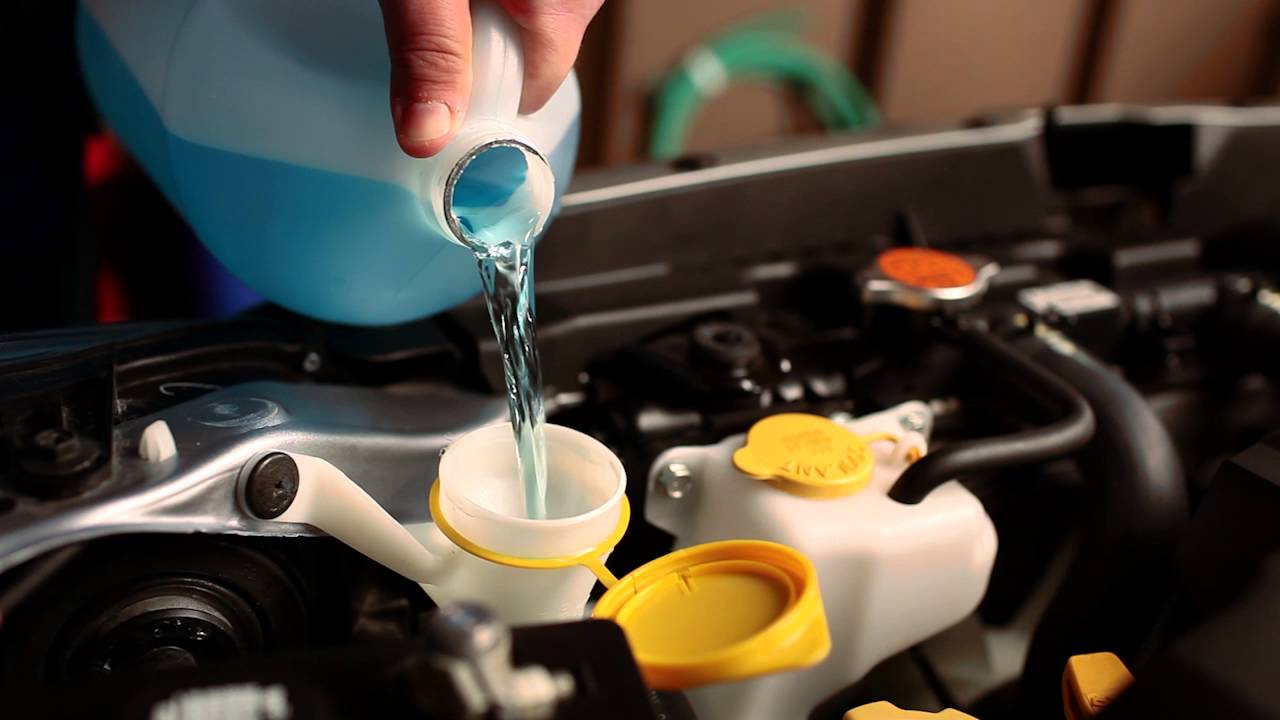
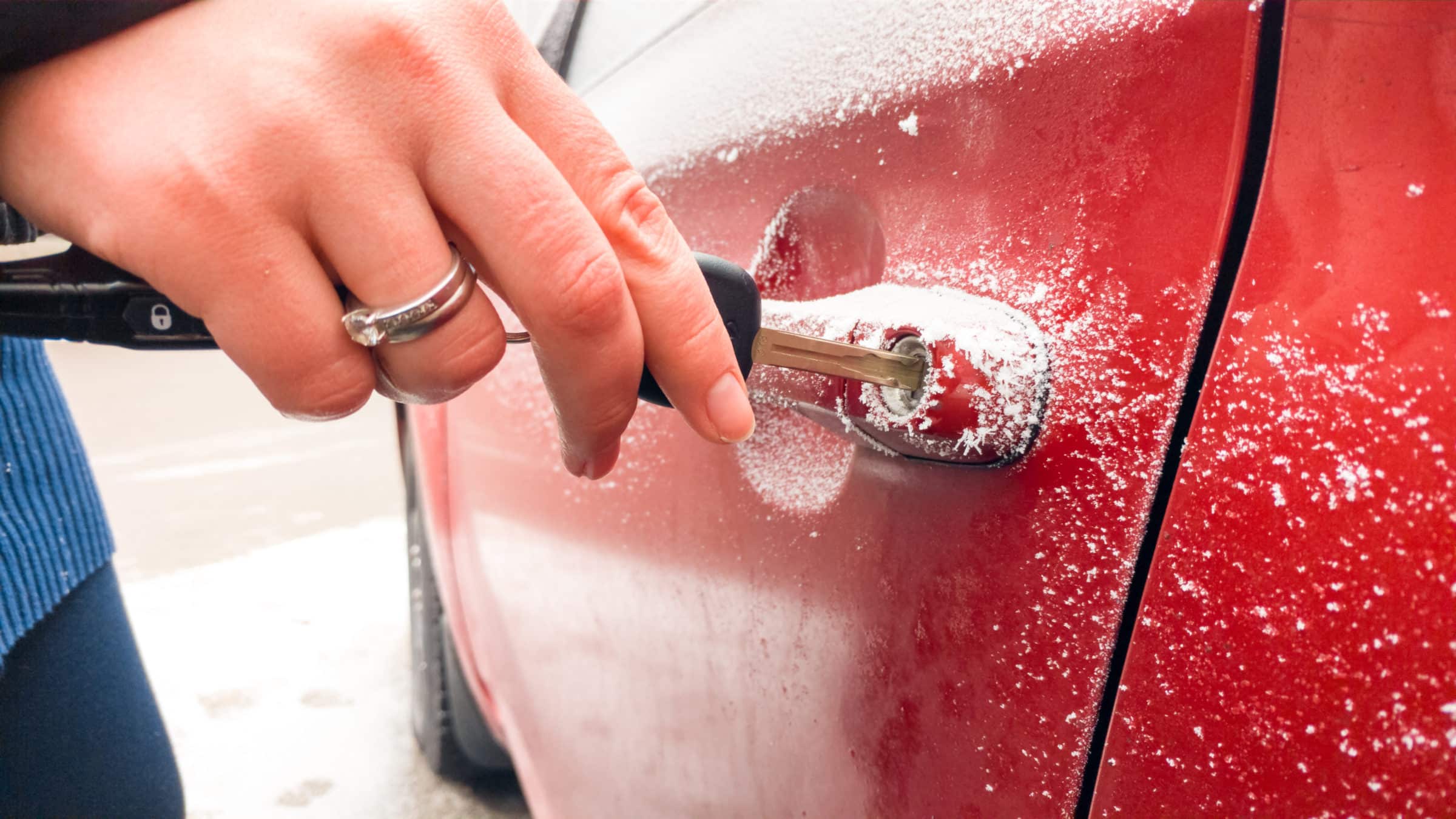
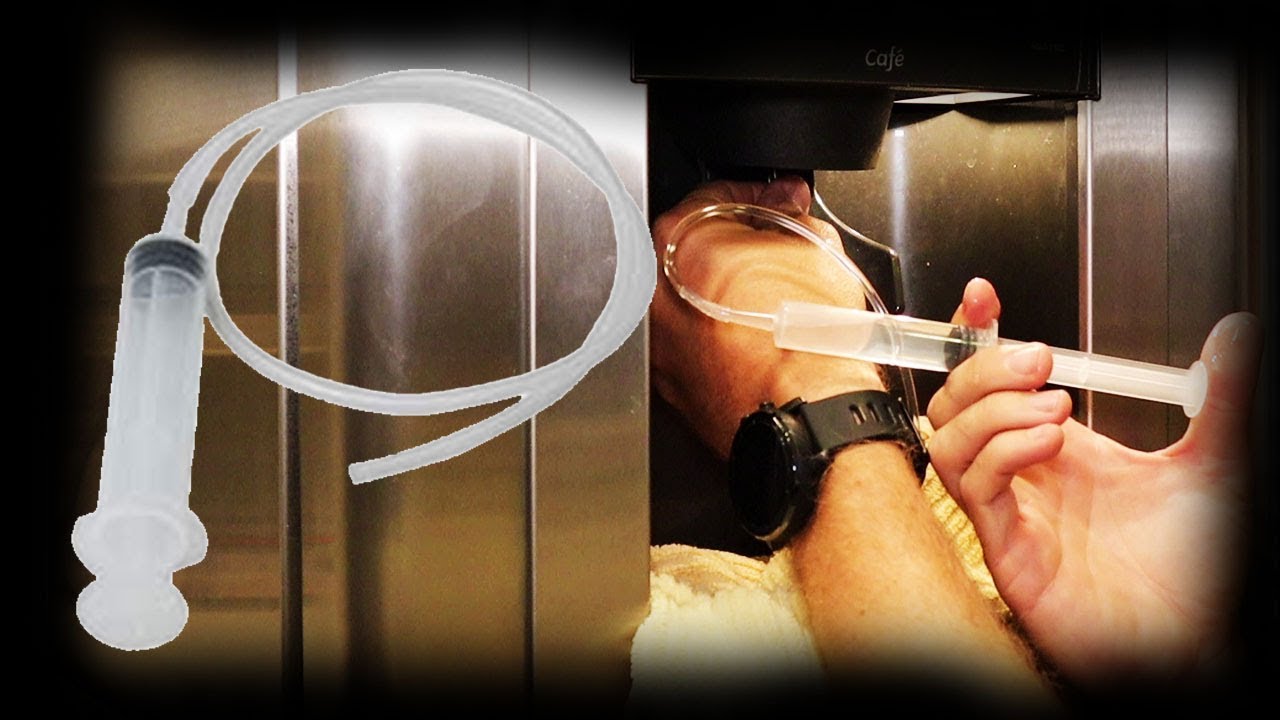
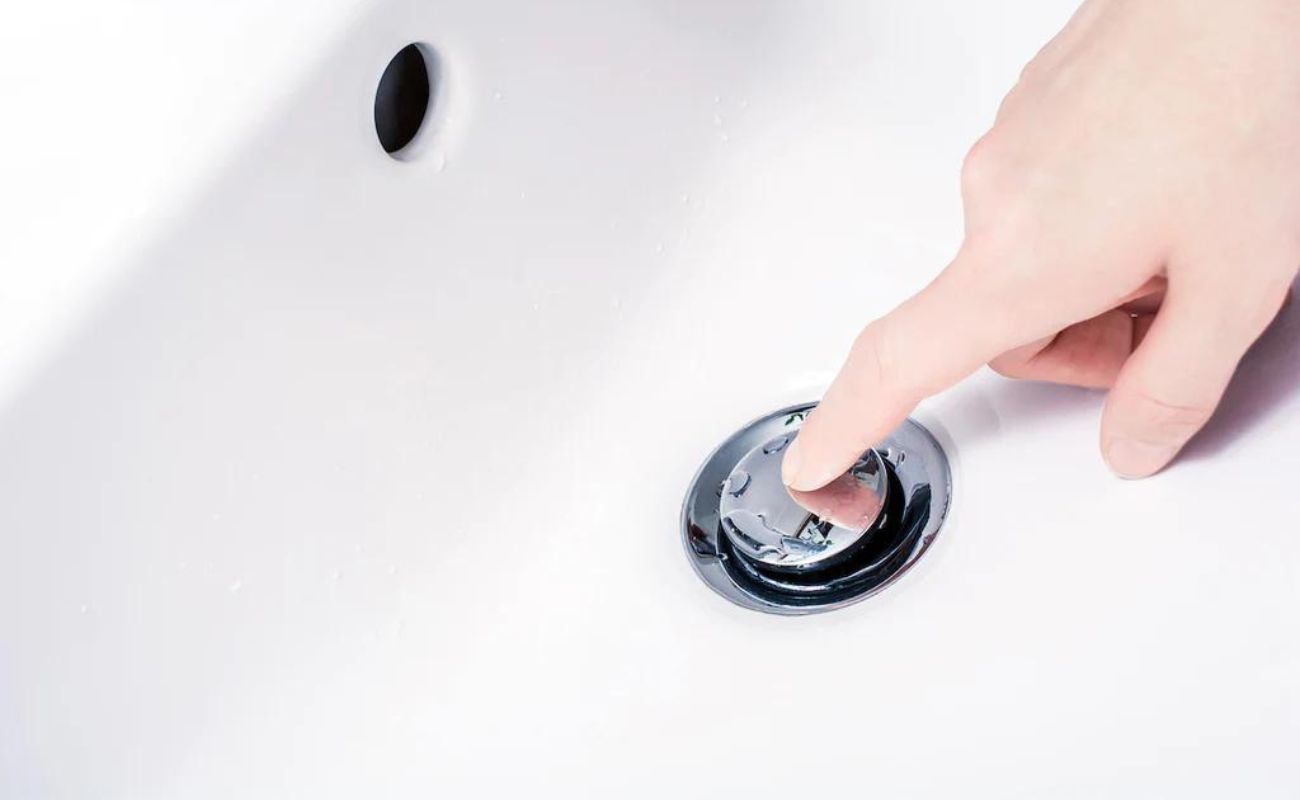
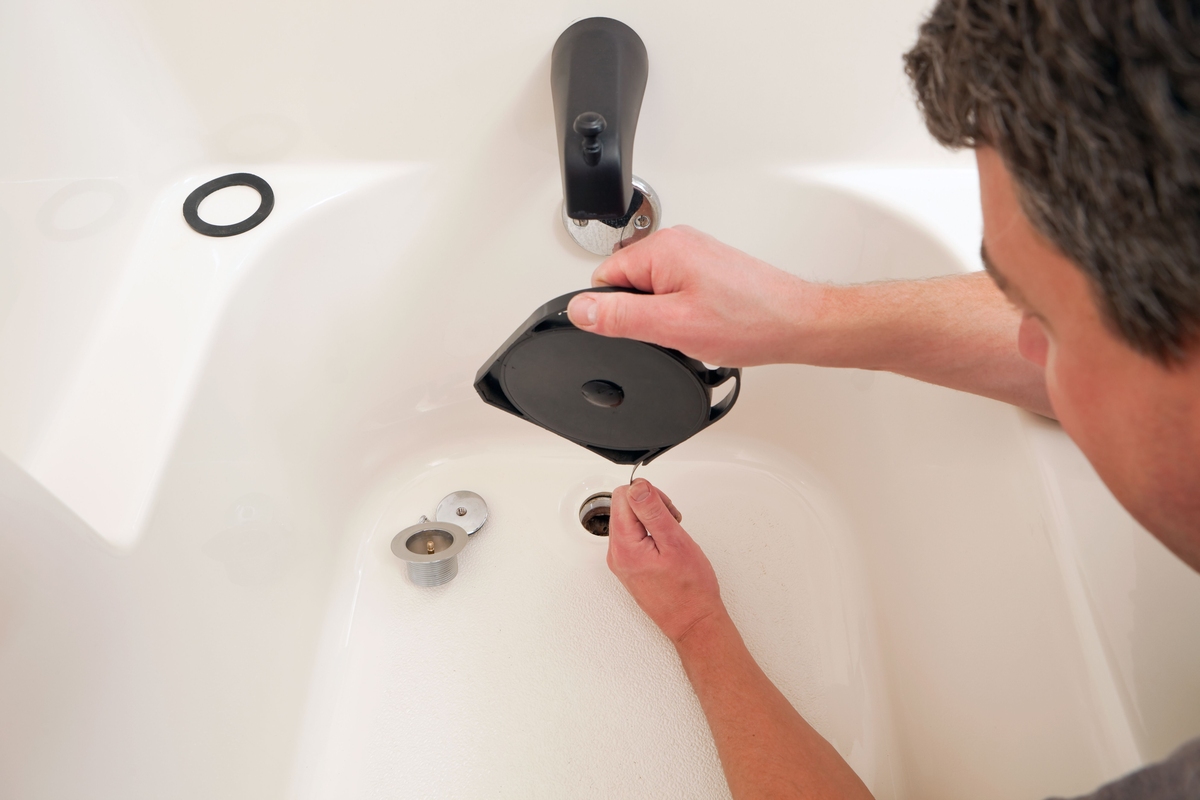
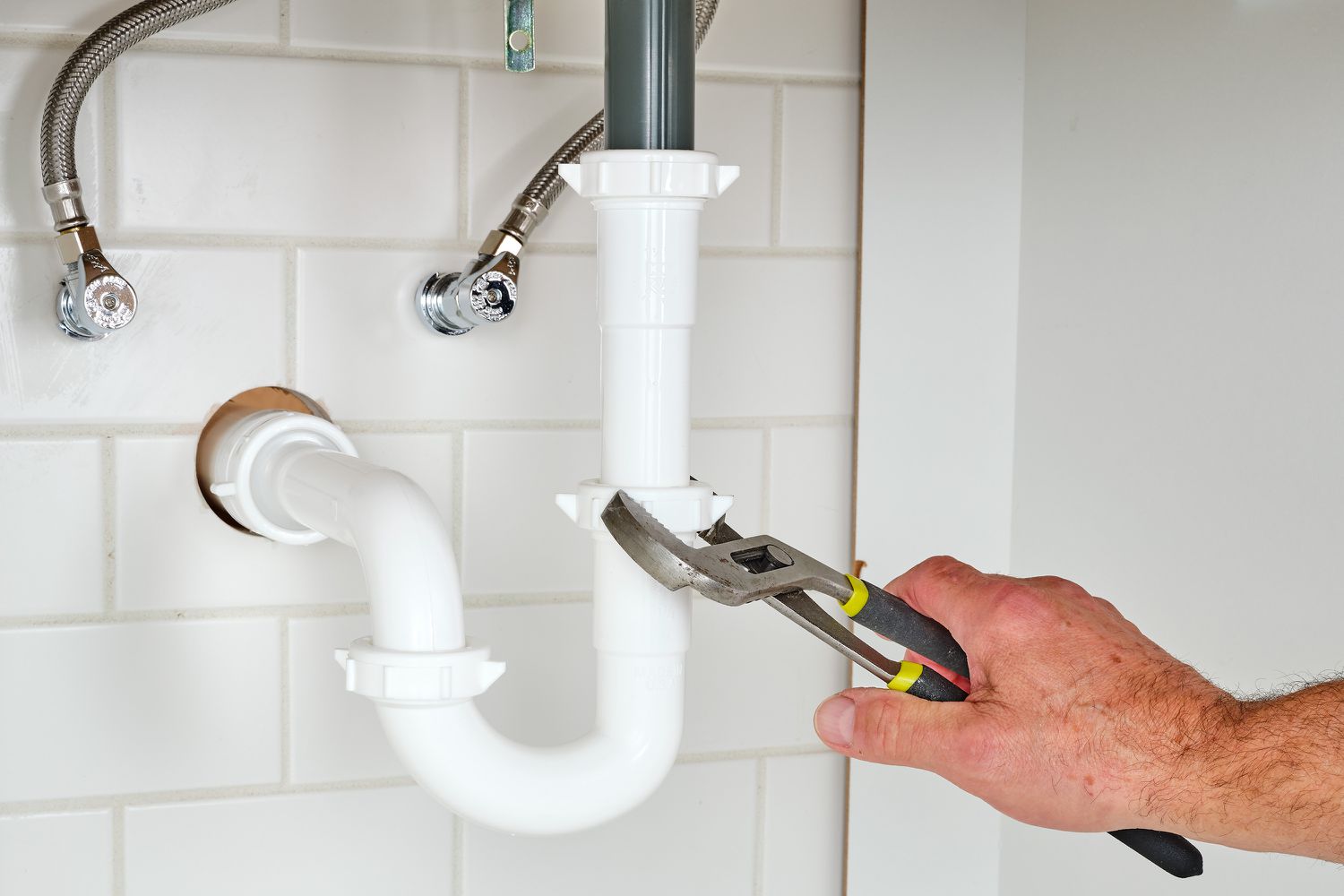
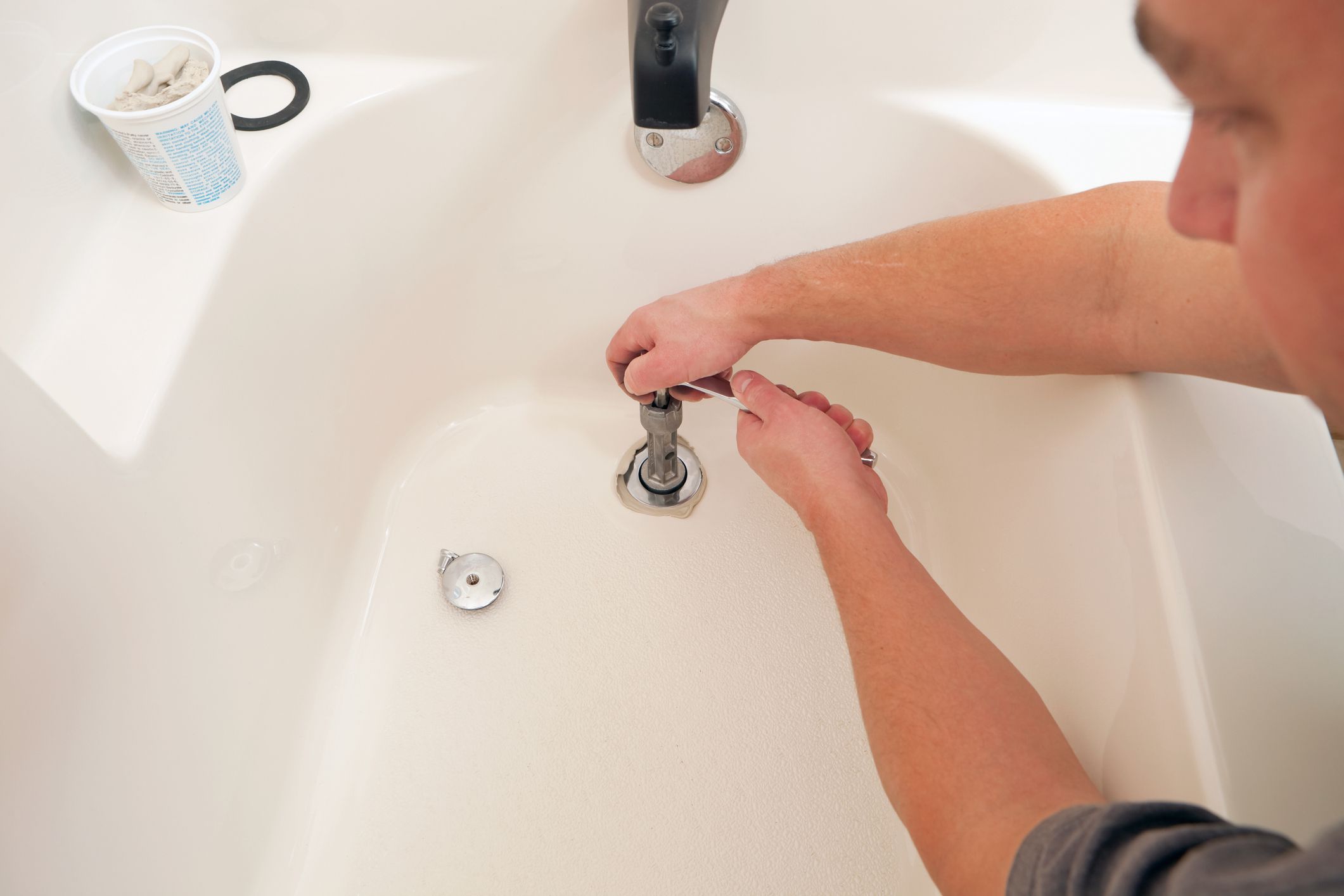
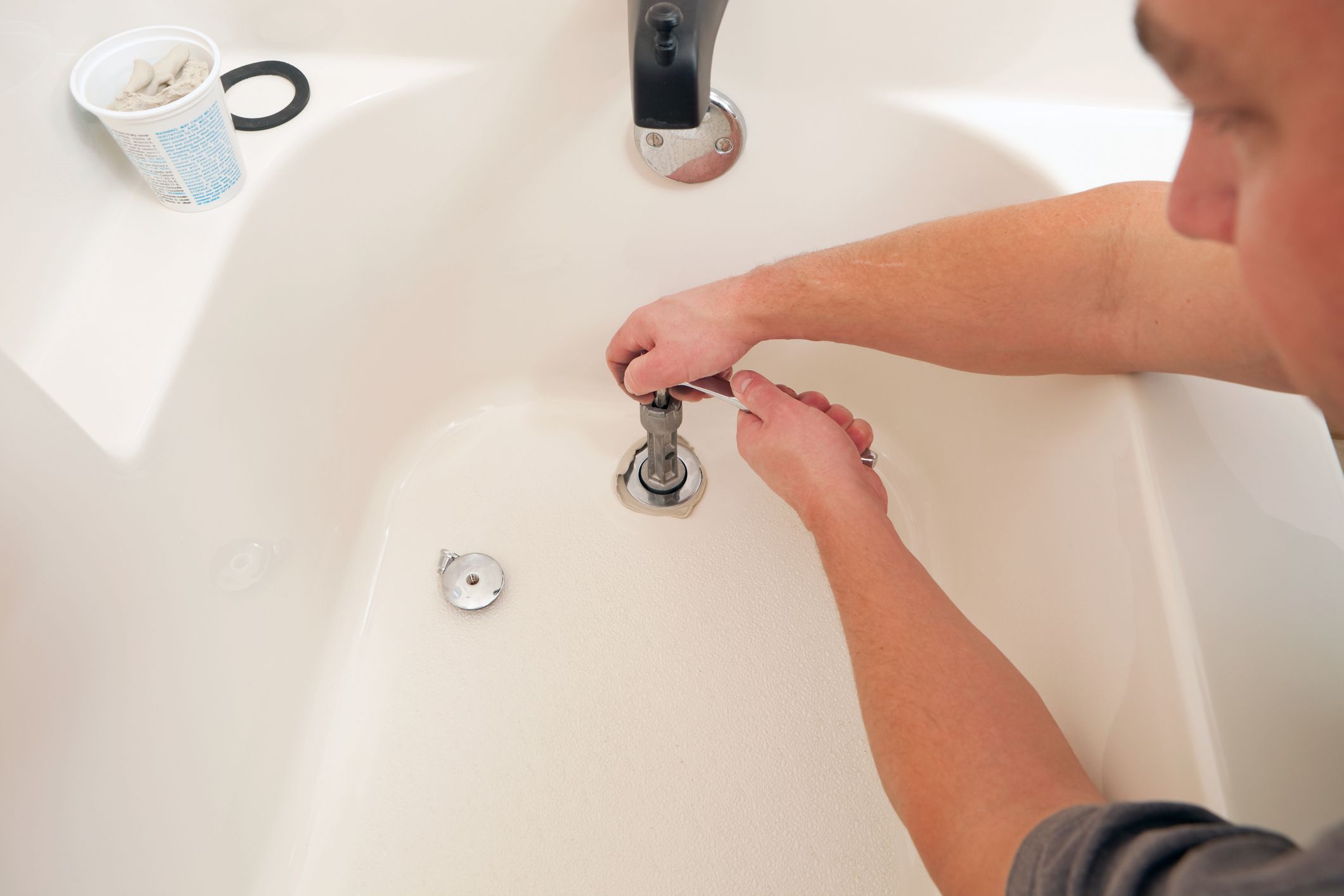
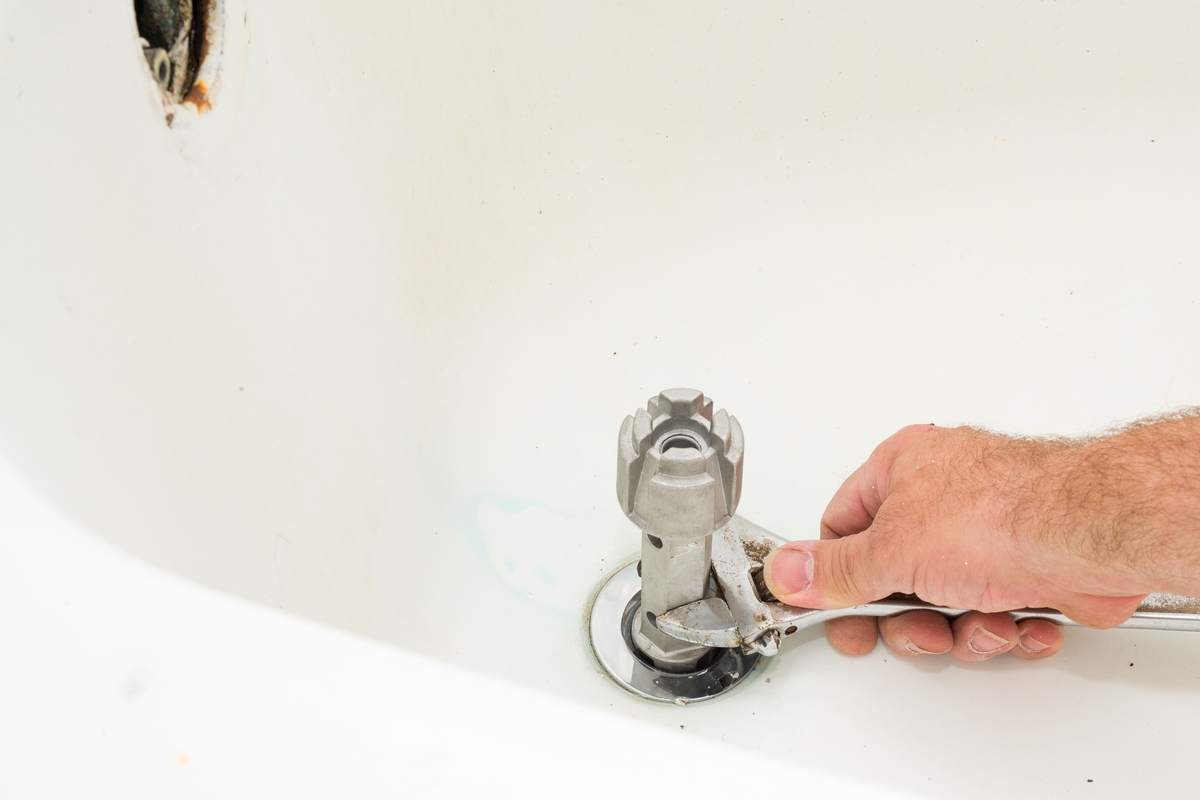
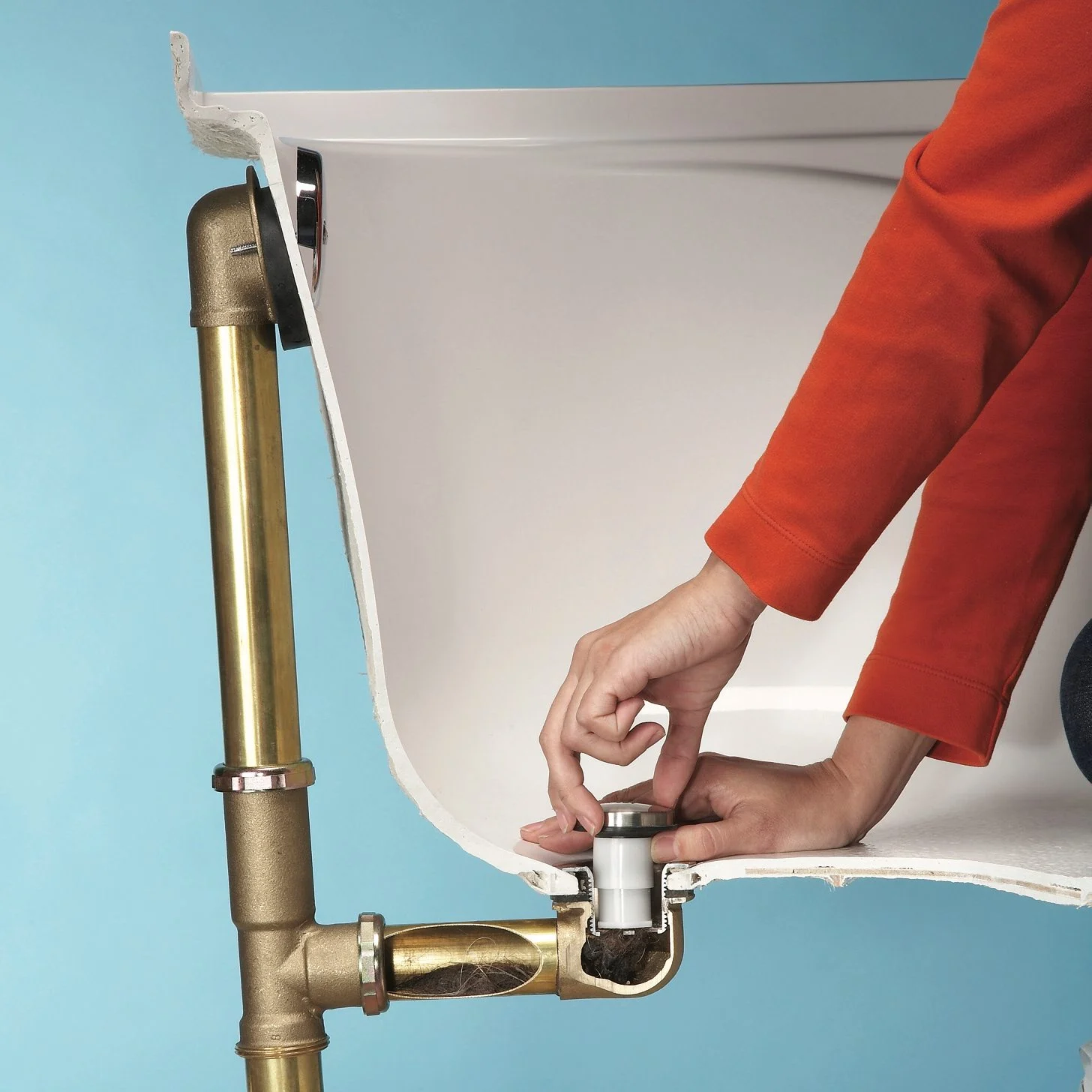
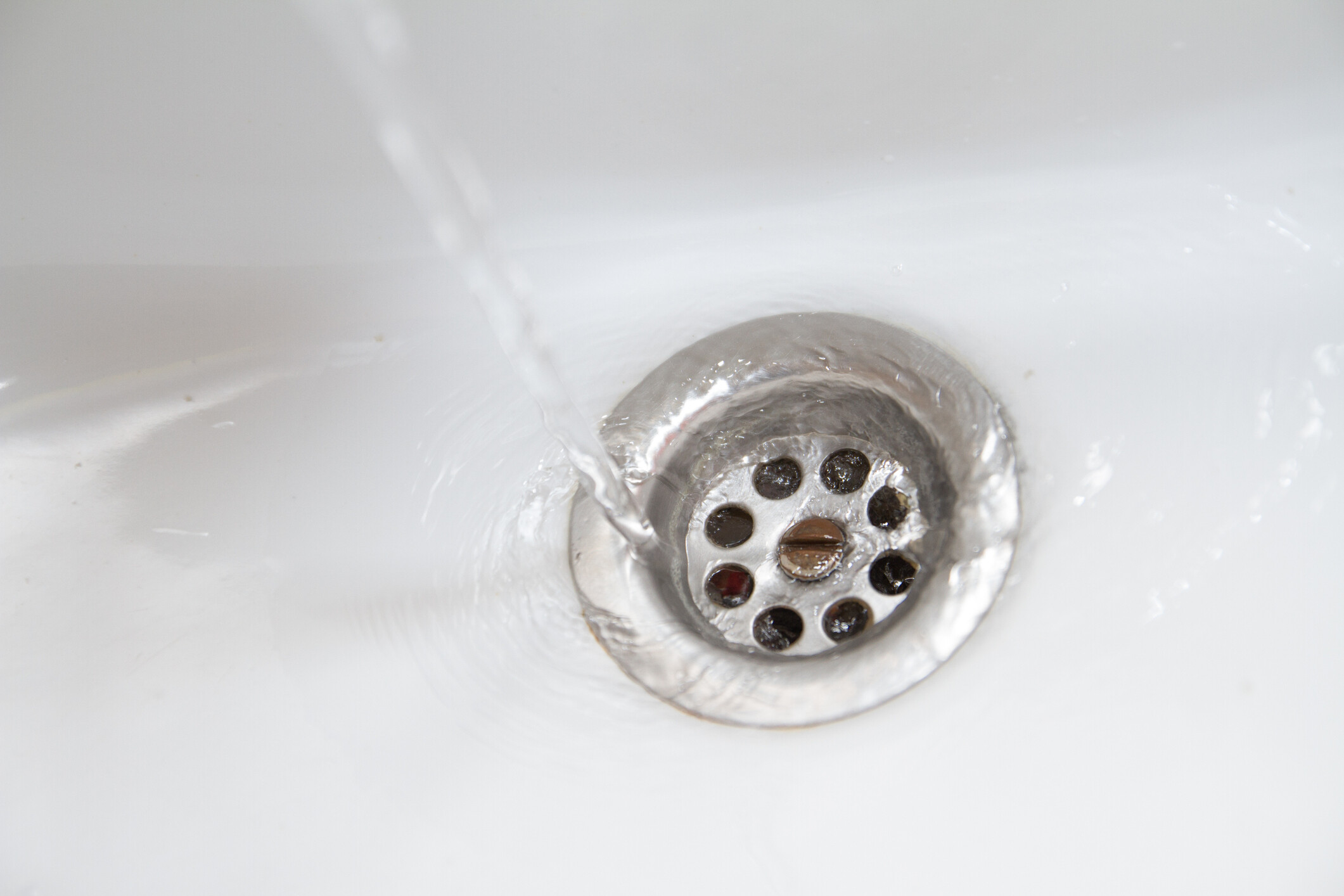
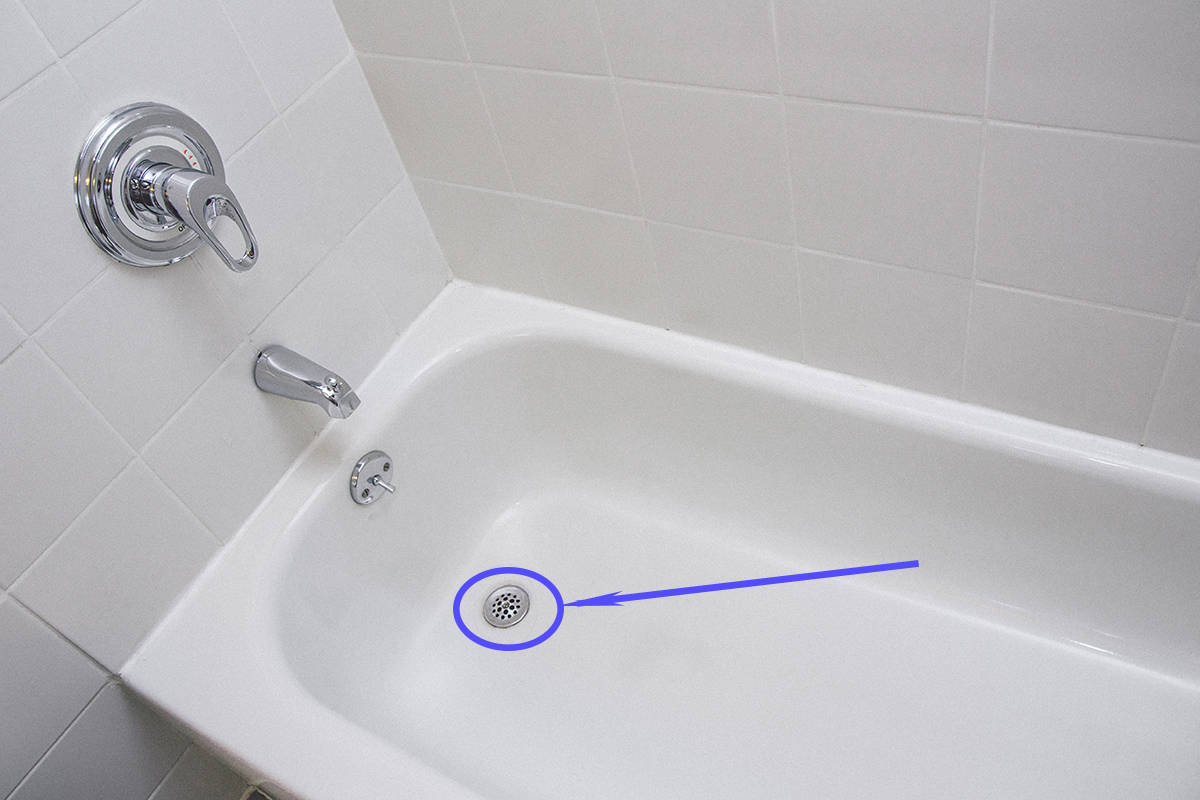
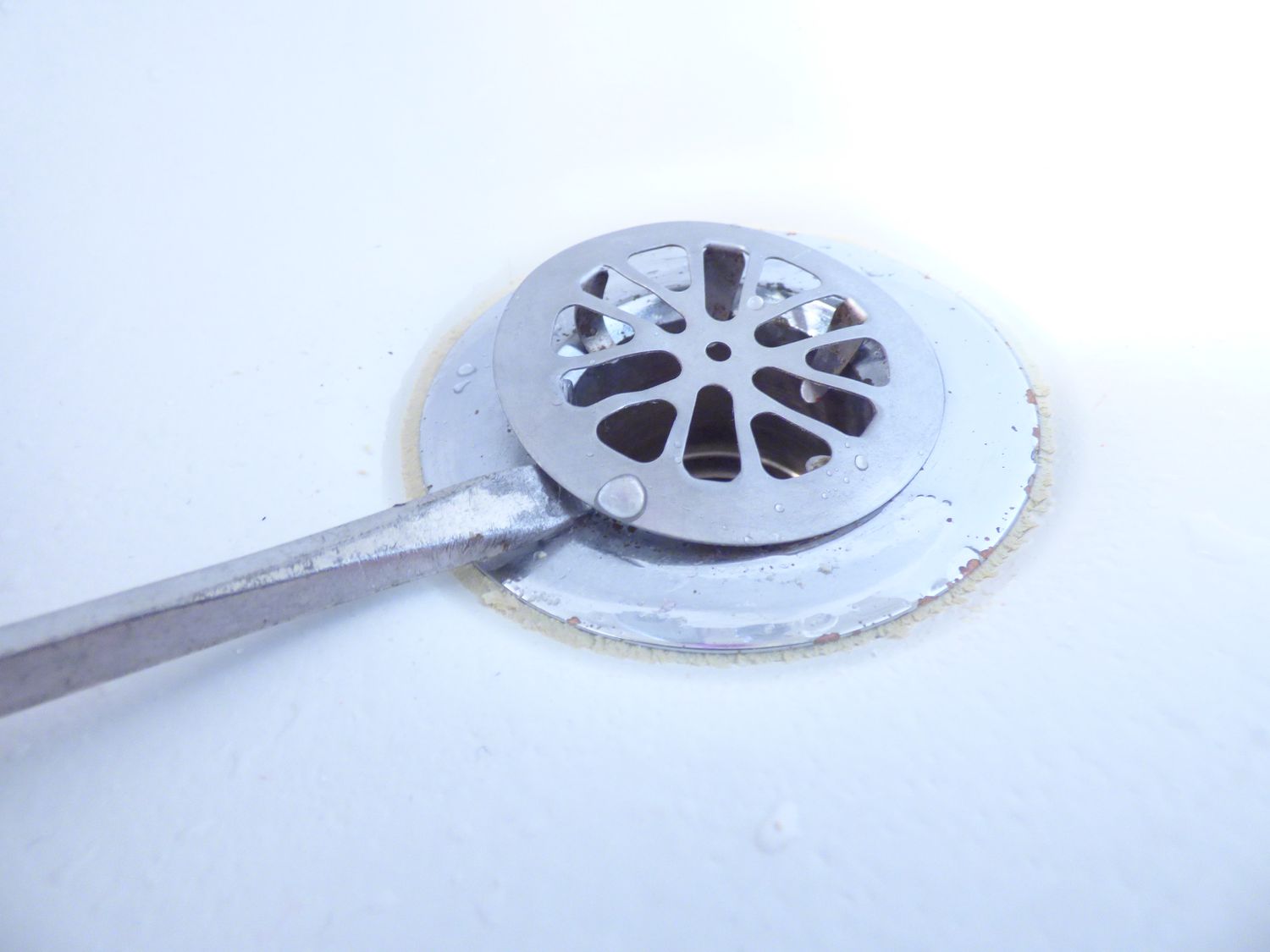
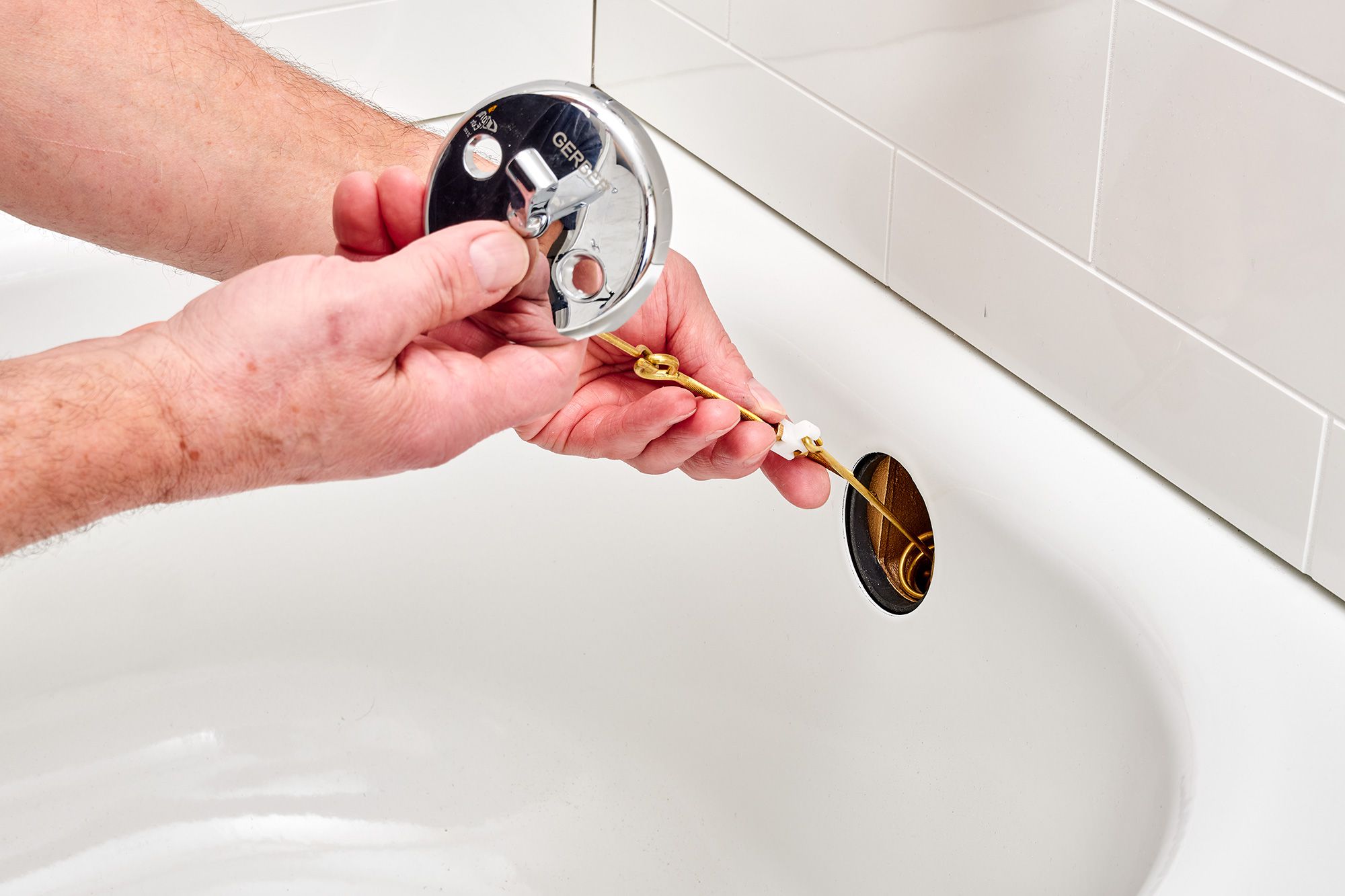
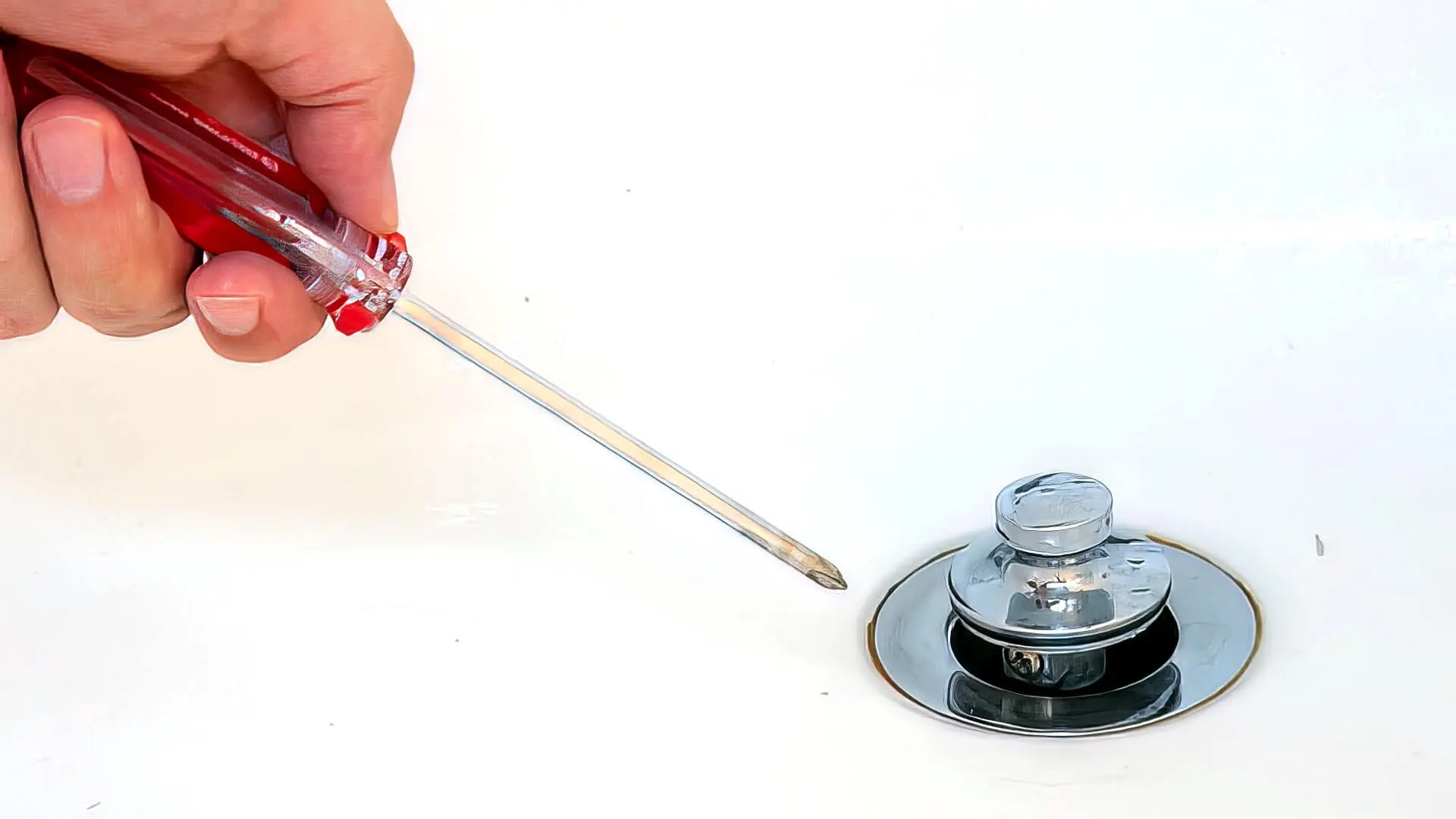

0 thoughts on “How To Thaw A Frozen Bathtub Drain”